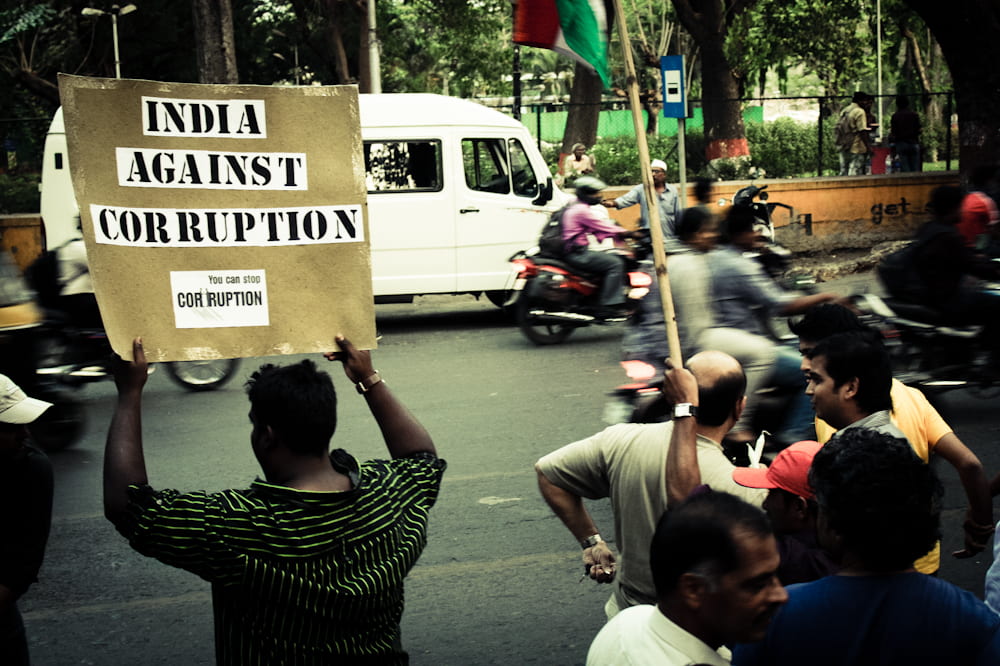by Hillary Bakrie
This piece was originally published in The Jakarta Post.
 Being a millennial, I have a certain morning routine: wake up, scroll through my Instagram notifications.
Being a millennial, I have a certain morning routine: wake up, scroll through my Instagram notifications.
One day, I wake up with this notification: “@teddynguema started following you.”
The Instagram Explore page is often filled with pictures from accounts with many followers. They often feature luxurious resorts and exotic cars, typical Instagram content. One such account is @teddynguema, which belongs to Teodoro Nguema Obiang Mangue, also known as Teo, the Vice President of Equatorial Guinea, who was convicted by a French court on Oct. 27 for embezzlement.
The Instagram account of Teo, dubbed the “Instagram playboy” by The Economist, has become a social media phenomenon. Almost every day, his 85,300 followers have access to view his personal collection of luxurious sports cars and private parties, including those featuring Haitian rapper and actor Wyclef Jean.
Although many believe that Teo’s luxurious lifestyle is fully funded through embezzlement, this has not seemed to stop him from sharing it proudly on Instagram and Snapchat. Perhaps, like the rest of us, Teo is simply another avid user of social media.
But then it occurred to me, if convicted or suspected corrupters and their families are not ashamed of sharing their grandiose lifestyles and other fruits of embezzled funds, why do the victims of corruption hesitate in posting about the corruption they encounter almost daily?
Of the 7.4 billion people in the world, 2.7 billion are active social media users. A recent study stated that an average person spends 5 years and 4 months of their life on social media. Compare that to the 6 months we spend on doing our laundry.
However, youth are also one of the most vulnerable groups when it comes to corruption. According to the 2017 Global Corruption Barometer, those under 35 will most likely be a target of forced corruption, with 35 percent more likely to be involved in bribery for obtaining public services.
Knowing the strong relationship between young adults and social media, I personally believe we ought to use the technology for the greater good. The World Bank defined social media’s role in fighting corruption as a platform for advocacy, a channel to investigate or even crowdsourcing.
One such example is the online protest that was initiated by Indian youths called “India Against Corruption”, which gained over 110,000 fans on Facebook within a couple of days of its launch. The movement succeeded in getting 600,000 people to leave missed calls at government offices.
If millennials spend so much time on social media, why aren’t there more posts about corruption?
The Youth Anti-Corruption Kit mentions “privacy and anonymity” as some of the risks associated with using digital technology to fight corruption. According to Transparency International, 35 percent of respondents in the Asia-Pacific are reluctant to report corruption for fearing the consequences, while another 14 percent think that doing so would not change anything in their countries.
It takes tremendous courage to be a whistleblower, even a digital one. Whistleblowers face many risks, including physical threats. If the government and anti-corruption institutions can’t create a safe space for people to speak up, then millennials and other social media users will be less likely to share the day-to-day corruption they encounter.
The government and anti-corruption agencies can work together to create an online culture that encourages people to share their experiences with corruption and heighten accountability. Small steps can be taken by encouraging young people to share anti-corruption campaigns online, such as how to identify different kinds of corruption and where to report them.
These small steps will build up awareness and, hopefully, will bolster courage as well. Making a habit of posting anti-corruption initiatives will also prompt young people to take bolder steps in fighting corruption online.
Perhaps one day, we can all be like Noa Jansma, who deliberately shares selfies with catcallers, and post our own selfies with corrupters to call them out.
Optimizing millennials in the fight against corruption may be a challenge, but it is not impossible. By working together, the government, anti-corruption agencies and civil society can break the obstacles that hinder millennials from taking online action against corruption.
If convicted corrupters like Teodoro Obiang are not afraid of sharing “successful” corruption stories on social media, then why should we be afraid of using the same medium to fight them?
Most importantly, let’s be aware that our casual clicks and scrolling could lead to something bigger and worse: When we follow the lives of suspected corrupters, whether on Instagram or Twitter, we’re also “enabling” them and their illicit acts.
When I first began following @teddynguema for research, I was immediately accepted as a follower. Without realizing it, I had enabled him to increase his notoriety and in doing so, justify his corrupt acts.
“Millennial bravery” could therefore mean the courage for young people to stop supporting social media hype that enable corrupters to keep flashing their ill-gotten wealth with pride. Being a millennial also comes with a choice: standing up online for the right things, the right actions.
In my case, I started by unfollowing @teddynguema.
Hillary is a Master in Global Affairs candidate at New York University focusing on international development and peacebuilding, and a United Nations intern. She is a proud collector of Simone de Beauvoir’s work and enjoys spoken poetry.
